Association of lameness and mastitis with return-to-service oestrus detection in the dairy cow
Association of lameness and mastitis with return-to-service oestrus detection in the dairy cow

Free Access
In our edition of: Dec 2019
In our categories of: farm animals
our summary:
Remnant, J. et al. (2019) Association of lameness and mastitis with return-to-service oestrus detection in the dairy cow. Veterinary Record, 185, p. 442
The aim of this observational study was to explore and quantify the impact of lameness and mastitis on return-to-service oestrus detection at individual cow level, and to explore the impact of different ‘expected’ interval on any associations.
The study used data that was collected as part of a wider project that had been contributed by 20 veterinary surgeons from throughout England and Wales and included data from a total of 468 dairy herds. Following screening for fertility data quality, herds selected for this study were those that recorded regular lameness treatment, clinical mastitis consistently, and milk recording at monthly intervals. This produced a final data set from 28 herds, with 19,011 inseminations for 6,749 cows calving between 2000 and 2008.
Logistic multivariable regression models were used to identify associations between either lameness or mastitis within 100 days of insemination and any changes in the probability of reinsemination at either 18-24 or 19-26 days after an unsuccessful insemination. The population-attributable risk was calculated to help understanding of the impact of lameness and mastitis at herd level.
There was a significant positive association of clinical mastitis recorded 1-28 days before the first insemination and increased odds of reinsemination for both models. There was no significant association of clinical mastitis at any other time period. There was a significant negative association of lameness recorded 0-28 days after the first insemination and decreased odds of reinsemination. At herd level, the population-attributable risk suggested that the effect of lameness or clinical mastitis on the odds of reinsemination at the expected time was very small.
Limitations of the study included the fact that only 28 of the 468 herds in the larger study had adequate disease records to be included in this study. It is likely that these herds have lower disease incidence than those with incomplete records, which may have biased the estimated effects.
This study provides useful evidence on the effects of lameness and clinical mastitis on reinsemination at the expected interval at individual cow level. Further studies using larger data sets are encouraged as these would allow population-attributable risks to be better assessed.
Image copyright attribute: stefbennett
Join the discussion
We encourage discussion on all material highlighted in each edition of inFOCUS. Use the button below to join the conversation on Twitter and include your comment in the feed for this issue.

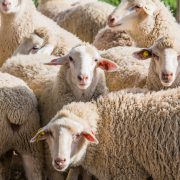
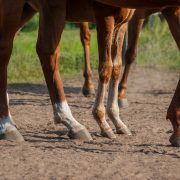
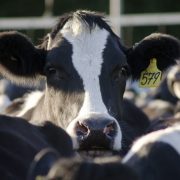

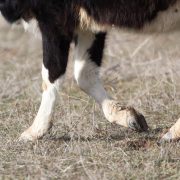

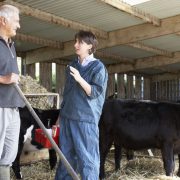



Leave a Reply
Want to join the discussion?Feel free to contribute!